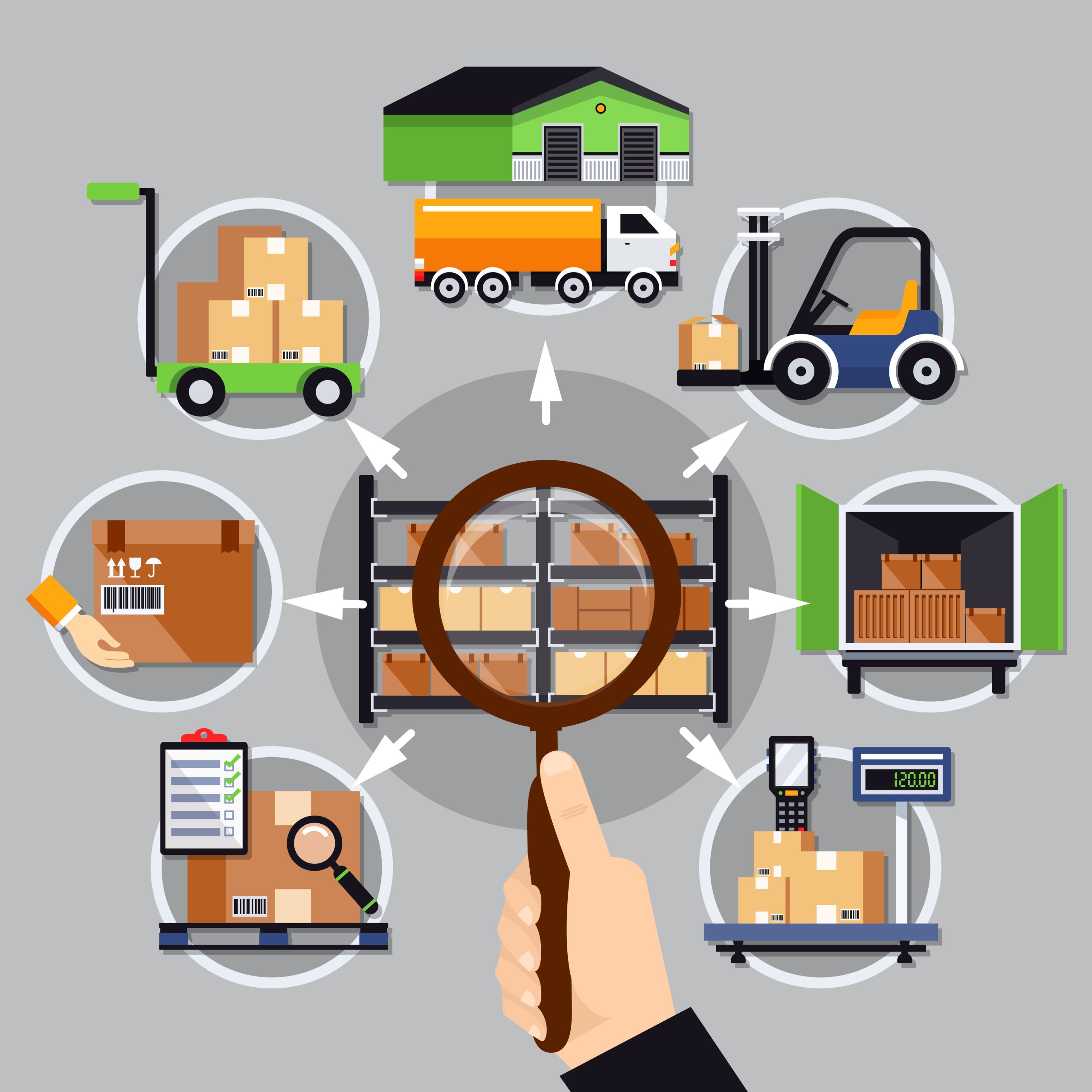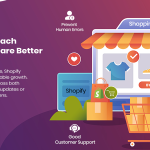Real-time data has moved from wish list to standard for serious supply chains. Every scan, sensor ping, and driver tap now lands on live dashboards. Managers no longer guess about departure, position, or proof of delivery. Instead they see the truth on screen in the same minute it happens. This shift turns delay into action and risk into a clear choice for a logistics company in Guwahati.
Many leaders still run on delayed status reports and hope. A recent survey showed that 57% of respondents called poor visibility their top pain. They lose hours chasing answers by phone or email. Delays grow costs and shrink client trust at scale. Real-time feeds slash that waste because gaps no longer hide. The result is leaner spend and calmer nights for operations teams. Boards now rank visibility ahead of fleet growth on yearly priority charts.
Yet technology alone changes nothing without a plan to use it. Data needs context, rules, and people ready to act. This post shows how live information improves visibility, steers smart calls, and lifts profit. We break down the gains, share local proof, and outline clear next steps. Read on and see how you can start now. Each insight draws from real projects, not vendor slides. The guidance stays practical so you can copy and test it this quarter.
What Does Real-Time Data Mean?
Real-time data is fresh, not stale, hitting systems within seconds of events. Think of GPS beacons sending truck speed every ten seconds. Consider IoT seals that ping when a door opens outside a yard. Temperature probes inside reefer containers post readings straight to the cloud. These signals merge in a single console for instant human review. Nothing waits for batch uploads each night or weekly reports.
Legacy setups store data first, then push it later through manual exports. By the time numbers arrive, the shipment may already be misrouted. Staff then scramble to fix errors hours after they arose. Real-time streams reverse the order, flagging outliers before damage spreads. Events become live actions, not end-of-week autopsies of lost chances. That timing is the true edge, not higher sensor counts. Legacy thinking also hides spoil events until claims arrive weeks later.
Cloud platforms, low-cost sensors, and 5G now make this power accessible. 96% of operations leaders already credit digital tools for better cost insight. Yet many still link new streams to old processes, limiting payback. Success means aligning staff roles, alerts, and KPIs with the live feed. Without that link, data just scrolls by unused. You can avoid that trap by learning from peers who did it right. Success stories share one theme: data is tied to daily rewards that everyone values.
Visibility Gains You Can Measure
Live data turns supply chain blind spots into clear, shareable sight. Drivers, dispatchers, and clients watch the same map at once. Everyone knows ETA, detention, and proof of delivery in minutes. That shared truth calms calls and reduces blame games. One South Asian carrier saw call volumes drop by 40% after rollout. Cost per kilometre also fell because planners merged partial loads with new clarity. Less noise means staff can focus on route planning and safety.
Real-time visibility shrinks detention minutes and idle fuel burn on every leg. A study found route optimisation through live feeds saved up to 8% of fuel. Lower fuel spend drops emissions, pleasing finance and ESG teams alike. Inventory buffers also shrink because location and condition stay visible in transit. With tighter stock, cash stops sleeping on shelves or trailers. These gains appear within weeks, not years, when data drives daily moves.
Visibility also boosts trust with end customers who now expect parcel updates. Delhivery raised its satisfaction rate to 95% after adding live tracking. Shippers get fewer “where is my load” calls, freeing service desks. Sales teams can promise tighter delivery windows with confidence. Positive feedback loops attract new business without extra marketing spend. Every extra booking then feeds more data to refine the cycle further. Transparent tracking now acts as a free marketing channel on social feeds.
Better Decisions, Lower Risk
Data that arrives in seconds supports decisions that win market share. Planners stop basing routes on static averages from last month. Instead they reroute trucks around crashes or storms before drivers hit them. Procurement teams open alternate suppliers when sensor alerts spot spoil risk. Finance can close books daily because stock levels update in real time. These moves together shave hours from order-cycle time.
83% of leaders link real-time tracking with better sustainability scores. Lower waste and fewer returns feed those results. AI models also spot fraud by flagging route or weight anomalies in minutes. Early fraud detection saves claim costs that once surfaced weeks later. Insurers then offer better premiums to fleets with live proofs of care. Better rates drop straight to the bottom line each quarter. These savings turn into fresh capital for fleet upgrades without bank loans.
North-East India faces landslides and flash floods that can cut highways fast. Real-time weather overlays help dispatchers halt or reroute cargo before damage. One logistics company in Guwahati paused trucks after satellite alerts warned a slope failure. They saved four trailers of medical supplies and kept hospital shelves full. Such quick calls give them a solid edge in tenders now. Clients remember who stayed reliable when roads turned risky. Officials praised the operator for preventing shortages during the relief phase.
Real-Time Wins
Nothing convinces like local proof in similar lanes for decision makers. A mid-size logistics company in Guwahati is handling tea exports. Six months ago, they tracked trucks by driver calls alone. Pickup delays ate into vessel cut-off times at Haldia port. They installed GPS units and a simple cloud board that shows colour-coded statuses. Within 30 days, missed vessel rollovers dropped from nine per month to one.
Fuel costs fell 3% because idling at tea gardens became visible. Drivers cut wait time by following slot instructions sent through mobile apps. The firm streams live reefer temperature on orthodox tea loads to assure quality. The company uses that data in rate talks and wins better prices. Their story tells buyers that a logistics company in Guwahati can match metro peers. It also proves real-time adoption is not only for giants in Delhi. Turnover dropped because drivers trusted the fairness of tracking.
Management notes that staff morale improved once disputes over arrival times ended. Drivers felt safer because panic calls dropped and they got clear route tips. Clients now request shared links so their buyers can track shipments. This transparency cements loyalty and reduces tender churn. Positive word of mouth pulls in fresh volume without extra sales visits. Live data, then, gives triple wins across cost, staff, and growth. Morale matters when routes are long.
Steps to Build a Real-Time Culture
Start small, start now, and let quick wins fund bigger moves. Pick one lane with frequent issues and map the current pain cost. Attach low-cost GPS units and set live alerts for early exceptions. Review data daily with drivers and supervisors, then adjust route rules. Share wins inside the team chat to build trust in the numbers. Scale sensors and dashboards only after you confirm savings on paper.
Adoption works best when everyone knows which levers to pull first. Teams that succeed with live data fix four basics early:
- Data quality: clean naming, verified sensors, synced clocks
- Alert logic: thresholds that trigger clear yes or no actions
- Ownership: each alert is assigned to one role, not a group
- Feedback loop: issues closed fast, rules refined weekly
These anchors stop data floods from turning into dashboard fatigue. Echo these rules during shift briefings until they become habit. Treat these pillars as seatbelts for your data vehicle.
Leadership support must match tech spend, or the project stalls at the pilot stage. Set outcome targets, lower detention, fewer claims, quicker billing cycles. Tie bonuses to those goals to keep teams engaged daily. Review numbers weekly and remove stalled alerts or unused charts. Treat the platform as a shared operating room, not optional software. This mindset makes real-time insight the normal way to run freight. Soon, reports shift from lagging stories to live scorecards everyone trusts.
See It Live, Act Today
The future belongs to those who see shipments in the present tense. Real-time data has proved its worth in costs, trust, and growth. Your rivals are already pitching live dashboards to the same clients you serve. Waiting for the perfect plan only widens the competitive gap each month. If you run a logistics company in Guwahati, the path starts small. Add one sensor, set one alert, and share the win across the floor.
Client expectations will only rise as e-commerce pushes stricter delivery promises. Shippers will choose partners who can back every ETA with live proof. Invest now and protect your lane position before tenders reset. The switch pays for itself by slashing waste and unlocking fresh revenue. The math is clear, and the tools are ready. Real-time is no longer a luxury; it is the new minimum ticket for trust. Legacy partners will fade if they fail to show live proof soon.


